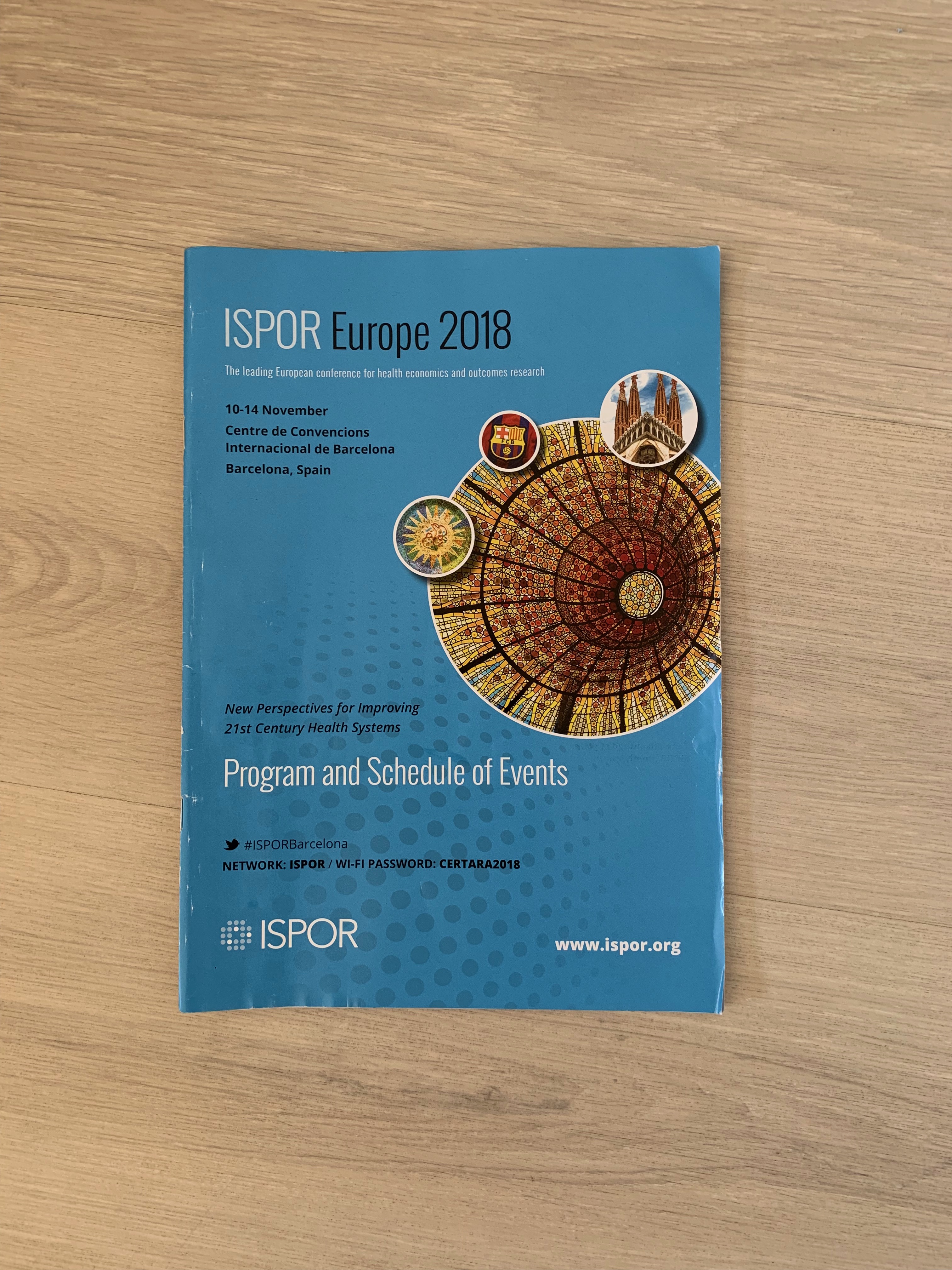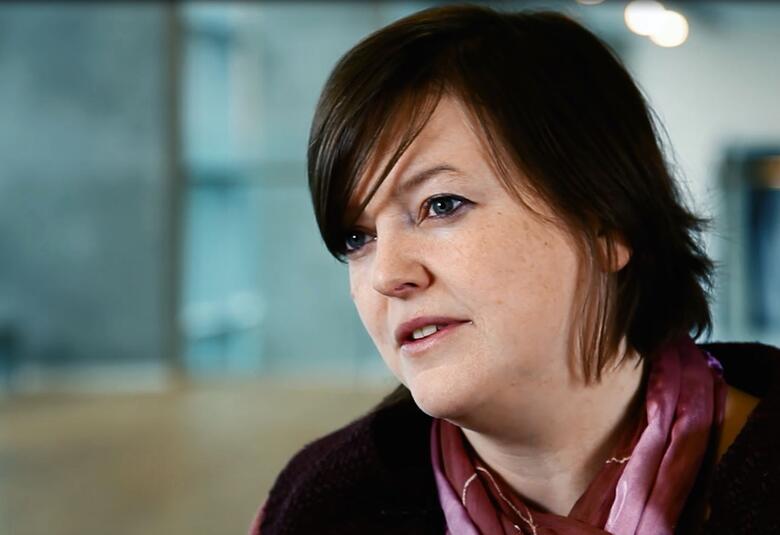Patient engagement is the facilitation and strengthening of the role of patients as co-producers of health and healthcare policy and practice, said Nancy Devlin, Research Director at Office of Health Economics. In a thought-provoking session at ISPOR Barcelona, two patient advocates who have helped spearhead and change the landscape for patient engagement, Jan Geissler, Co-Founder of the European Patients’ Academy and Suzanne Schrandt, Director, Patient Engagement at the Arthritis Foundation, highlighted the critical importance of patient engagement at every level of healthcare delivery to ensure healthcare meets the needs of its consumers — the patients.
The benefits of engaging patients at the protocol design stage
Patient advocacy supports patients and shapes policy and research
Jan Geissler became a patient advocate and started his “long journey” towards patient engagement 17 years ago after he was treated for leukemia. He welcomed the prominence given to patient engagement at ISPOR Barcelona and highlighted the contributions patients can make at all levels of healthcare delivery.
The dimensions of patient advocacy span from patient support to shaping health and regulatory policy and research, he explained.
Jan presented a roadmap of the clinical research process noting that patients have a role to play at every stage. In particular, he emphasized the role of patients could play at the clinical trial protocol design stage to provide guidance on:
- patient priorities on risks and benefits
- patient-relevant endpoints
- choice of quality of life and patient-relevant outcomes instruments
- real-world inclusion/exclusion criteria
- patient mobility and logistics
- drug administration (many patients have strong views on the route of administration and how it impacts their lives)
- the frequency and necessity of diagnostic tests
- ethical aspects, for example in crossover studies
Addressing all these points at the protocol design stage will increase patient relevance, recruitment, PROs and publications, Jan said.
Changing the landscape for patient engagement
Patient engagement in the US traces its origins to the 1980s when patients with HIV/AIDs collectively inserted themselves into the healthcare conversations to prioritize research and the development of effective treatments, said Suzanne Schrandt.
Ensuring the right question is asked depends on finding out the patient perspective
Now, the majority (at least 51%) of health center board members must be patients served by the health center and must represent the individuals served by the center demographically.
Furthermore, since 2010, the largest public research funder focusing primarily on comparative clinical effectiveness research (CER) has been the Patient-Centered Outcomes Research Institute (PCORI). This independent nonprofit, nongovernmental organization was authorized by Congress to work with healthcare stakeholders to identify critical research questions and answers, focusing on outcomes important to patients. Patients and other healthcare stakeholders are included throughout the research process.
Patients co-author articles and co-produce clinical guidelines
The meaningful involvement of patients required by PCORI has changed the landscape for patients in the US, said Suzanne. Patients even co-author articles and co-produce clinical guidelines.
Ensuring the right question is asked depends on finding out the patient perspective, she added. For example, as a result of including patients with epilepsy early in the research process, it became clear that they want fewer seizures but not at the expense of the profound cognitive impairment associated with some treatments.
Investing in patient engagement to revise endpoints makes sense economically
Patient engagement strategies also lead to economic savings as a result of revising the endpoints, Suzanne said. She highlighted a recent financial model that has shown that patient engagement that prevents protocol amendments and/or improves enrollment, adherence, and retention can save $62 million for a pre-phase 2 trial and $65 million for a pre-phase 3.1 An investment of $100,000 in patient engagement can thus lead to a 500-fold saving on the investment, equivalent to accelerating a pre-phase 2 product launch by 2.5 years or 1.5 years for pre-phase 3.1




